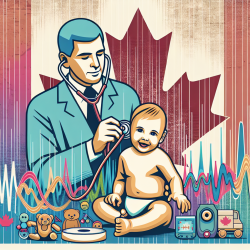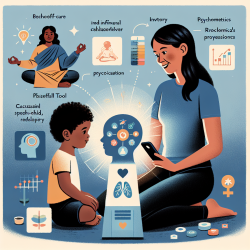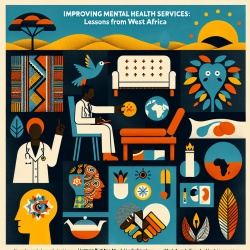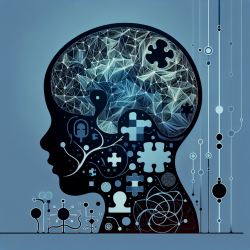Understanding the Study
The study conducted a longitudinal analysis of children with DLD, tracking them from age 7 to 16. It revealed five distinct joint trajectories of emotional and peer problems:- Persistent Problems: 26% of the sample exhibited ongoing emotional and peer difficulties from childhood through adolescence.
- Adolescent-Onset Problems: 16% experienced increased difficulties starting in adolescence.
- Resolving Emotional Problems: 24% had emotional difficulties in childhood that resolved over time, while peer problems remained low.
- Increasing Peer Problems: 22% showed escalating peer issues but low emotional difficulties.
- Low Levels of Problems: 11% had consistently low emotional and peer difficulties.
Key Variables Associated with Outcomes
The study identified three critical factors influencing these trajectories:- Pragmatic Language Ability: Children with lower pragmatic skills were more likely to have persistent problems.
- Prosociality: Lower prosocial behavior was linked to more severe emotional and peer difficulties.
- Parental Mental Health: Higher levels of parental mental health issues correlated with persistent child difficulties.
Clinical Implications
Comprehensive Assessments
To effectively support children with DLD, practitioners should conduct comprehensive assessments that include emotional and peer relationship evaluations alongside language skills.Targeted Interventions
Interventions should be tailored to address specific areas of need, such as improving pragmatic language skills and enhancing prosocial behaviors. Programs that involve parents and address family mental health may also be beneficial.Monitoring and Adaptation
Continuous monitoring is crucial. As children grow, their needs may change, requiring adjustments in intervention strategies.Encouraging Further Research
While this study provides valuable insights, more research is needed to fully understand the complex interactions between emotional and peer problems in children with DLD. Practitioners are encouraged to stay informed about new findings and consider participating in or supporting ongoing research efforts.To read the original research paper, please follow this link: Do emotional difficulties and peer problems occur together from childhood to adolescence? The case of children with a history of developmental language disorder (DLD)










